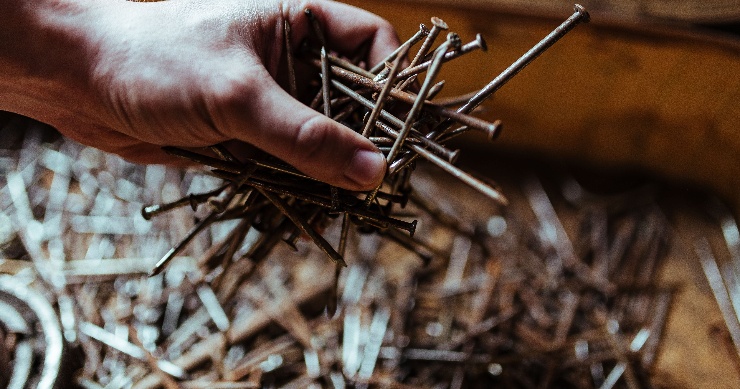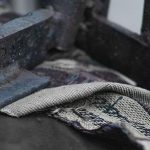For many woodworkers, using the skew can be quite daunting. This type of chisel seems difficult to master, but in reality, most of the knowledge you need to handle it properly is learned in the early years of our childhood. The only cuts you can do with it are point and edge cutting. Unlike other chisels, the bevel shouldn’t be rubbing the work piece. The actual motion is more of a glide than anything else. This tool opens many opportunities in your work, and neglecting to learn how to use it limits your output and creativity.
Key Takeaways:
- Unlike with bowl turning, using a skew chisel requires moving one’s body.
- Skew turning involves lightly gliding the bevel over the wood’s surface.
- All four surfaces must be honed so that the skew edge is razor sharp.
“There are only three profiles, or shapes, you can cut on a spindle with a skew: straight lines (cylinders or tapers), shallow concave (long coves), and convex (beads).”
Read more: here






